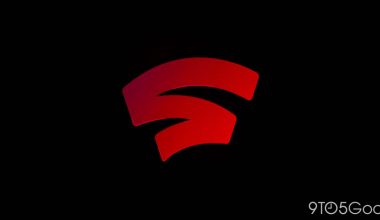The Chord Machine was a combination of various items, as its cumbersome name suggests. The typical “boombox” with all the standard features of the time, including a detachable speaker box that had to be hard-wired to the central unit, was the brain of this clamshell conglomerate. Remember that Bluetooth and Wi-Fi hadn’t even been invented at this point. All the standard equipment is included, including a full-frequency AM/FM stereo radio with an extendable hidden antenna, a built-in tape player, and a recorder.
The installation of a completely unique capability—what we now refer to as a “groovebox”—was not so common. However, it wasn’t until 1996 that the phrase became widely used when Roland released its MC-303 Groovebox . In its most basic form, a groovebox is an instrument utilized in “ the production of live, loop-based electronic music ,” sometimes known as a drum machine or sampler.
And that’s exactly what the machine’s opposite side accomplished. The largest buttons, numbered one through twelve, which, when pressed, play various chords or tones, are the most striking design element. The artist or DJ can alter the octaves on those pre-programmed sounds by using shift buttons. A drum machine is also included in the CFS-C7 since who doesn’t enjoy those? Four different pre-programmed beats and rhythms, four pre-programmed chord possibilities, and 3x and 4x buttons are included. With the appropriate turn dial buttons, users can also change the beats per minute, balance the sound between chords and rhythms, and note pitch.







